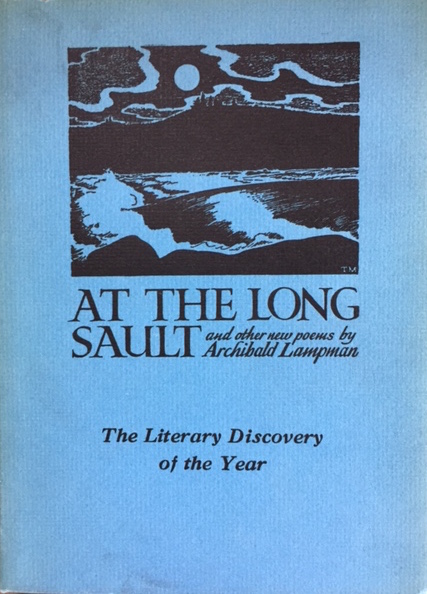
The Book Room Bulletin, Vol 1, November 1920
The Ryerson Press turned 100 years old in July, 2019. Established as the Methodist Book and Publishing Company in 1829 by Egerton Ryerson, it became Canada’s premier trade publisher by the middle of the 20th century.
As the publishing arm of the Methodist Church, the press was concerned with reaching its congregation through a weekly publication, The Christian Guardian. Through the mid-to-late 1800s, Methodist minsters published memoirs, books of prayer and hymnals which were distributed to a growing congregation.
In 1879, William Briggs was named Book Steward. He steered the Methodist Book and Publishing Company in a less spiritual direction publishing more secular publications by authors such as Robert Service, Catharine Parr Traill, and Charles G.D. Roberts. Briggs retired in 1919 and Samuel Fallis took over the role of Book Steward.
Fallis hired the young Methodist preacher Lorne Pierce to become Literary Critic and Advisor to the Book Room. Fallis also changed the name of the company in deference to its founder, Egerton Ryerson. The Ryerson Press was established in 1919.
Lorne Pierce was consumed with a desire to bring literature and art to a broader audience. Having spent several years as a teacher in rural Saskatchewan, he was appalled at the lack of cultural knowledge of the students under his tutelage. He vowed to change that situation and dedicated the next 40 years of his life to resolving his objective.

Lorne Pierce
Pierce’s role as architect of editorial change at the Ryerson Press is evident from the first edition of The Book Room Bulletin, published in November, 1920. “This number of The Book Room Bulletin inaugurates a venture which we hope may be of distinct service to you ….It is our purpose to publish this Bulletin at intervals throughout the year to acquaint the constituency of The Methodist Church with the very best new books being published….We are proceeding on the assumption that every book has an audience somewhere and that audience will want to procure it….The hope has been expressed that our Book Room may become a ‘cultural Mecca’ for Canada.”
In his welcome to readers, Samuel Fallis stated, “Lovers of good literature will learn to value the serious effort we are making to acquaint them of the very best, of the very latest; to secure the exact book they require for their special needs; to stimulate reading, and reading courses among people, and to assist in selecting books for Sunday Schools and private libraries.”
For his part, Lorne Pierce had his own welcoming statement. His office was located in a corner of Samuel Fallis’s office. He named his department The Book Steward’s Corner. He claimed it was devised for the purpose, not merely of reviewing books and sifting out the best for our readers but “of being of service to you in any way we can.”
Pierce went on to become a one-man publishing dynamo responsible for bringing innumerable prominent Canadian writers to national and international prominence. He created readers for Boards of Education across the country. He brought history to life through the illustrations of the likes of C.W. Jefferys. He produced over two hundred editions of poetry Chap Books by Canadian poets. His editorial career spanned 40 years and he became the face of Canadian publishing.

Ryerson University Library
In 1970, the Ryerson Press was sold to The McGraw-Hill Book Company of Canada and in honour of Pierce and the outstanding name the Ryerson Press commanded, the name was changed to McGraw-Hill Ryerson. A legacy of 3000 titles along with original contracts and documents was donated to Ryerson University Library in 2017.
The legacy of Lorne Pierce and the Ryerson Press lives on at Ryerson University Library’s Archives and Special Collections, now a permanent home for that venerable publishing company, the Ryerson Press.




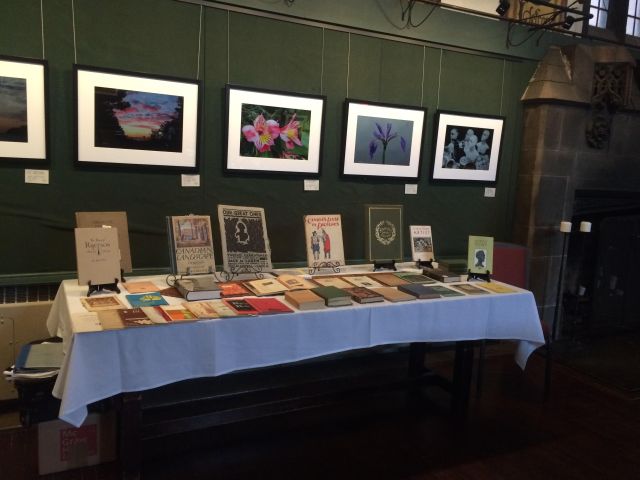
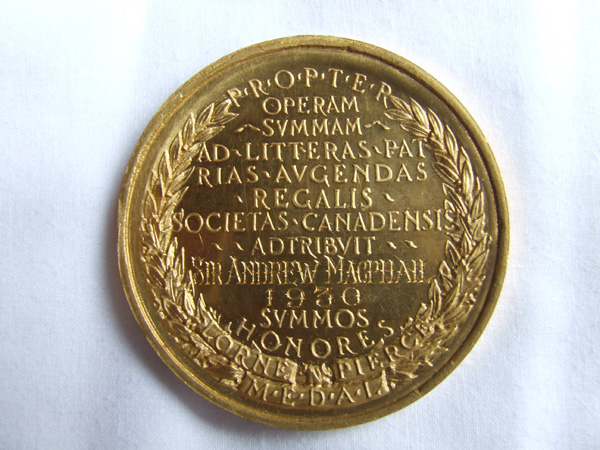 The Lorne Pierce Medal is awarded every two years by the
The Lorne Pierce Medal is awarded every two years by the  While The Ryerson Press collection does not purport to be the definitive output of The Ryerson Press, it certainly represents an Enduring Legacy of Canadian Publishing history across many decades and a wide range of topics: from before Confederation and the turn of the century, through two World Wars, The Depression, the 50’s and the Quiet Revolution.
While The Ryerson Press collection does not purport to be the definitive output of The Ryerson Press, it certainly represents an Enduring Legacy of Canadian Publishing history across many decades and a wide range of topics: from before Confederation and the turn of the century, through two World Wars, The Depression, the 50’s and the Quiet Revolution.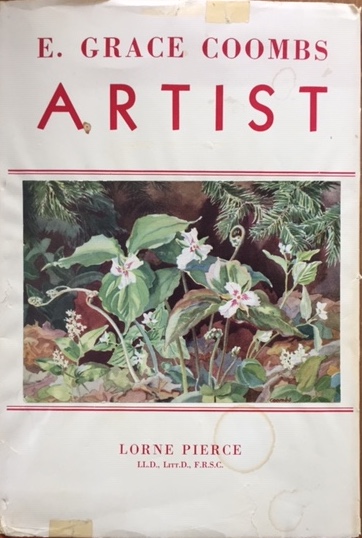


 “The charm that the artist discovers in the bashful wild flower may also be conveyed to the robust canvas of men striving against the elements. It is the secret of being able to please, to delight, to bewitch and snare the mind and heart for the sheer joy of living.”
“The charm that the artist discovers in the bashful wild flower may also be conveyed to the robust canvas of men striving against the elements. It is the secret of being able to please, to delight, to bewitch and snare the mind and heart for the sheer joy of living.”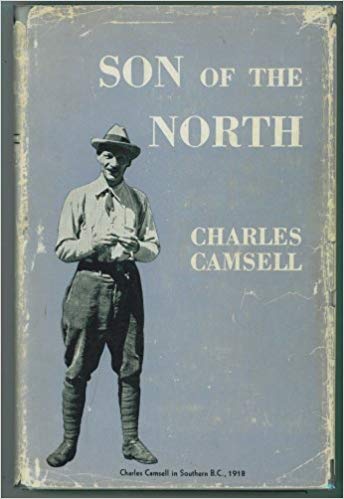

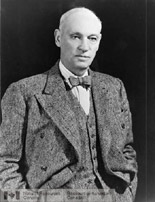












 Antoine de la Mothe Cadillac was one such adventurer. He was born in 1658 in Saint Nicholas de la Grave, France, in the province of Gascony near the Pyrenees. He was educated in law and biology at a Jesuit institution. After a short military stint, la Mothe left for New France in 1683. Historians have found no record of his name on any passenger list leaving from France. La Mothe took this opportunity to create a new identity for himself.
Antoine de la Mothe Cadillac was one such adventurer. He was born in 1658 in Saint Nicholas de la Grave, France, in the province of Gascony near the Pyrenees. He was educated in law and biology at a Jesuit institution. After a short military stint, la Mothe left for New France in 1683. Historians have found no record of his name on any passenger list leaving from France. La Mothe took this opportunity to create a new identity for himself.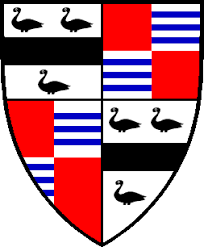 The founders of the Cadillac Motor Company adopted his name and coat of arms in 1902.
The founders of the Cadillac Motor Company adopted his name and coat of arms in 1902.

